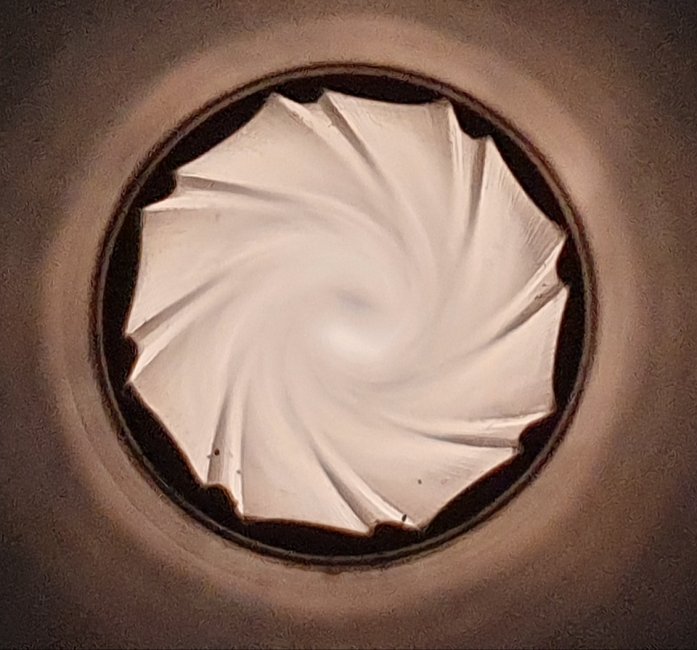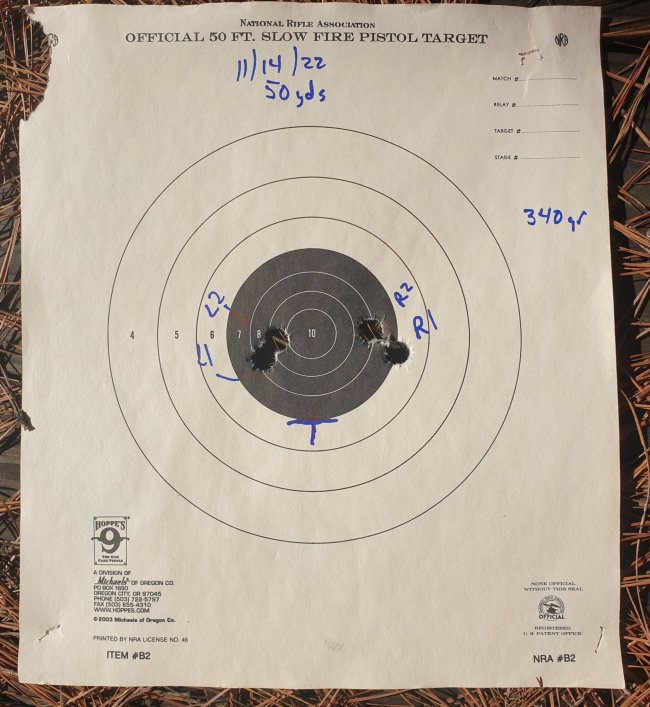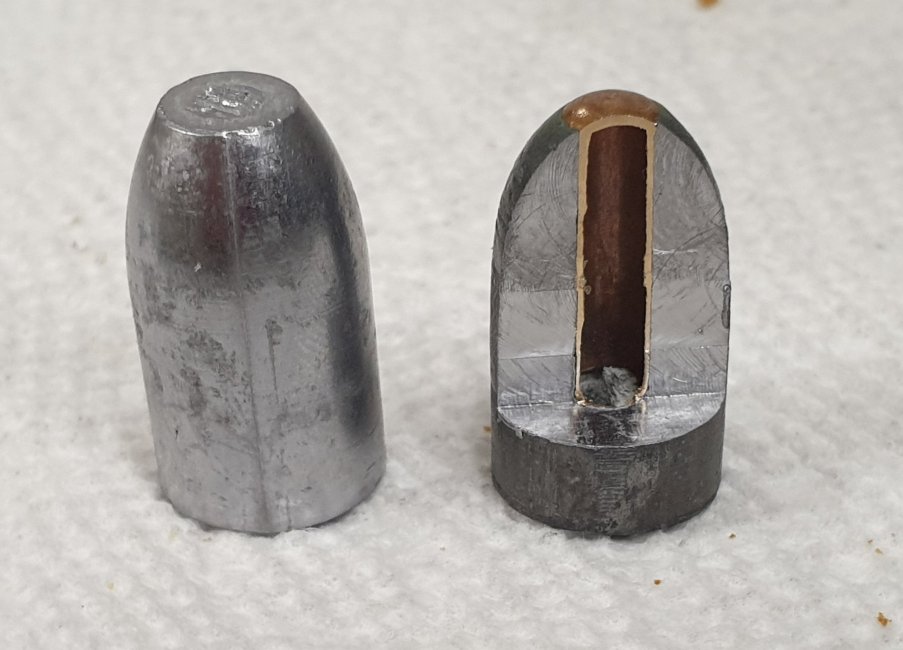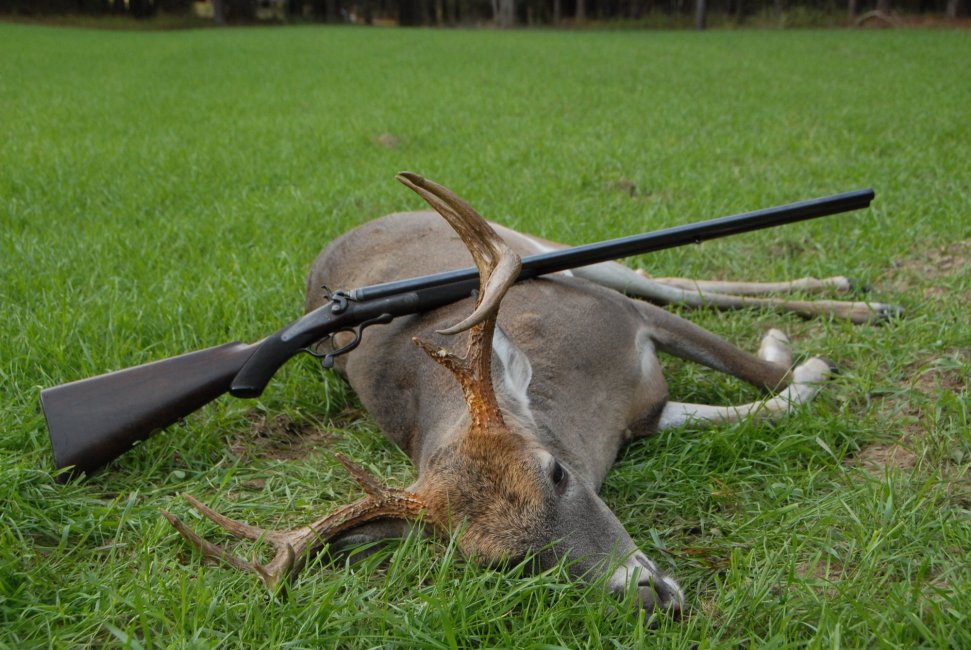It’s hard To see all of the stamps on your barrels, but it looks like the eagle is an initial proof stamp. I know that British barrels used to be and maybe still are, proofed just as barrels. Then they are re-proofed once they are a firearm. The crown over U is a second proof mark, probably done as a complete rifle. The crown over G shows it’s a rifle.
im curious on the 42’s on each barrel. On most all of the European shotguns I’ve had, that signifies chamber length. 42mm is roughly 1.65”. My starline .50/70 brass measures 44.4mm. My Bertram is roughly 45mm (it’s all loaded ammo). I guess what I’m saying is, you might want to get some Cerrosafe and cast your chamber and get some good measurements before investing too much in ammo.
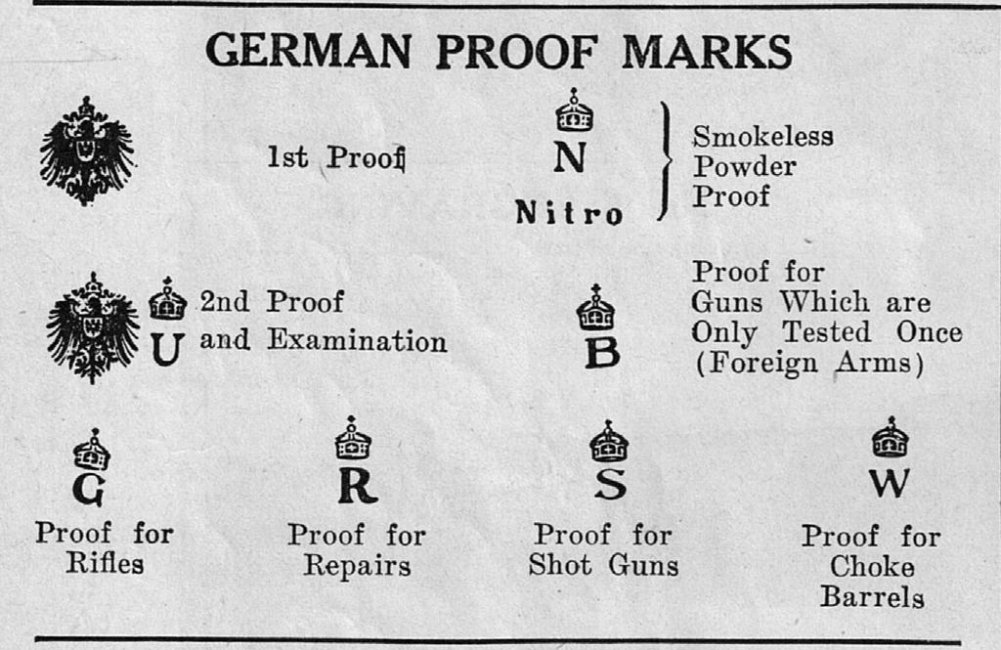
im curious on the 42’s on each barrel. On most all of the European shotguns I’ve had, that signifies chamber length. 42mm is roughly 1.65”. My starline .50/70 brass measures 44.4mm. My Bertram is roughly 45mm (it’s all loaded ammo). I guess what I’m saying is, you might want to get some Cerrosafe and cast your chamber and get some good measurements before investing too much in ammo.





